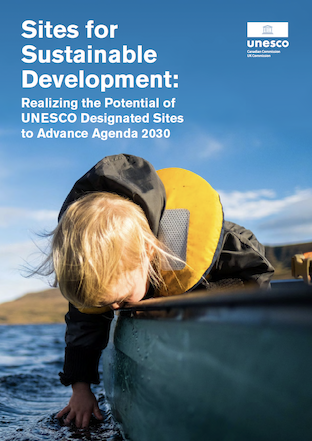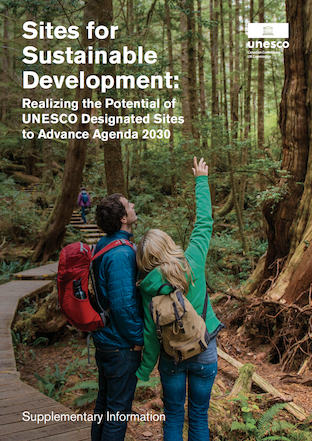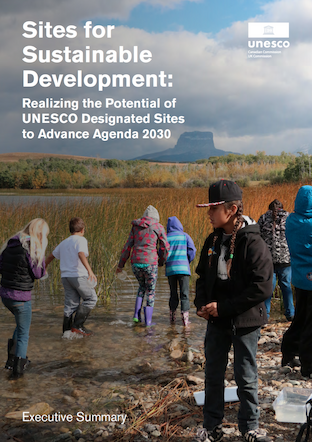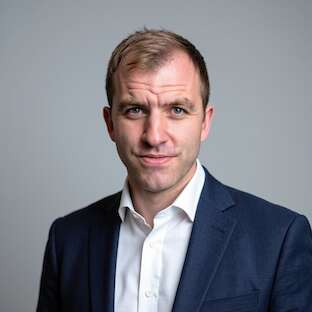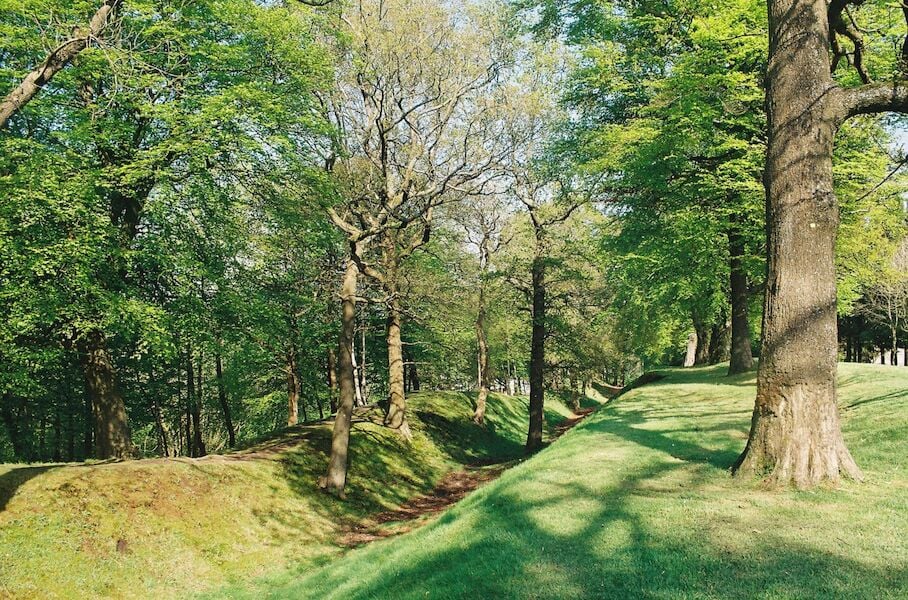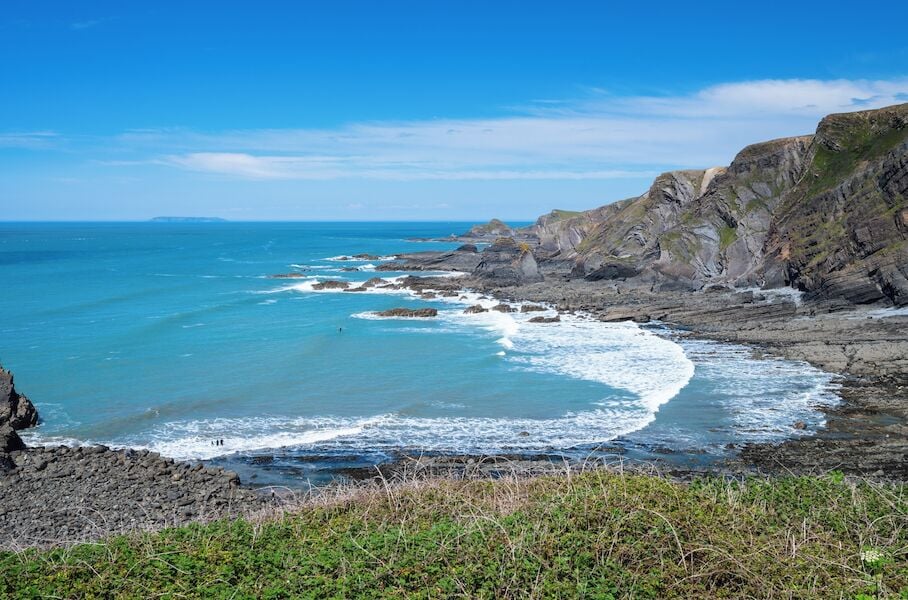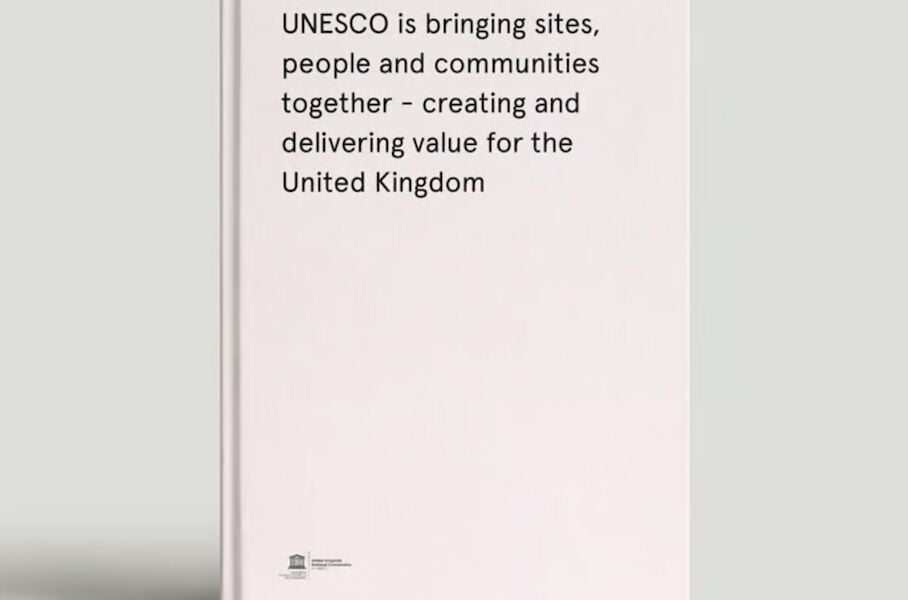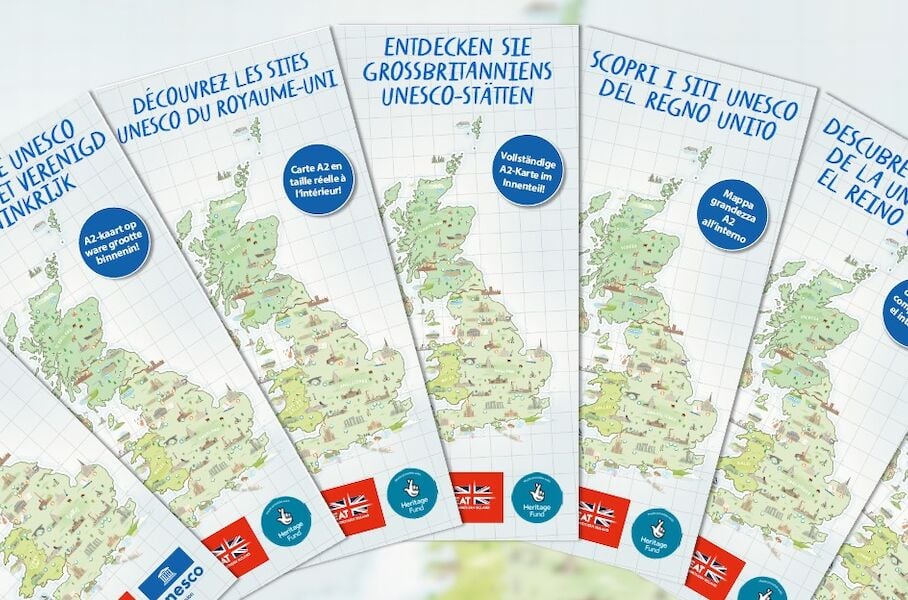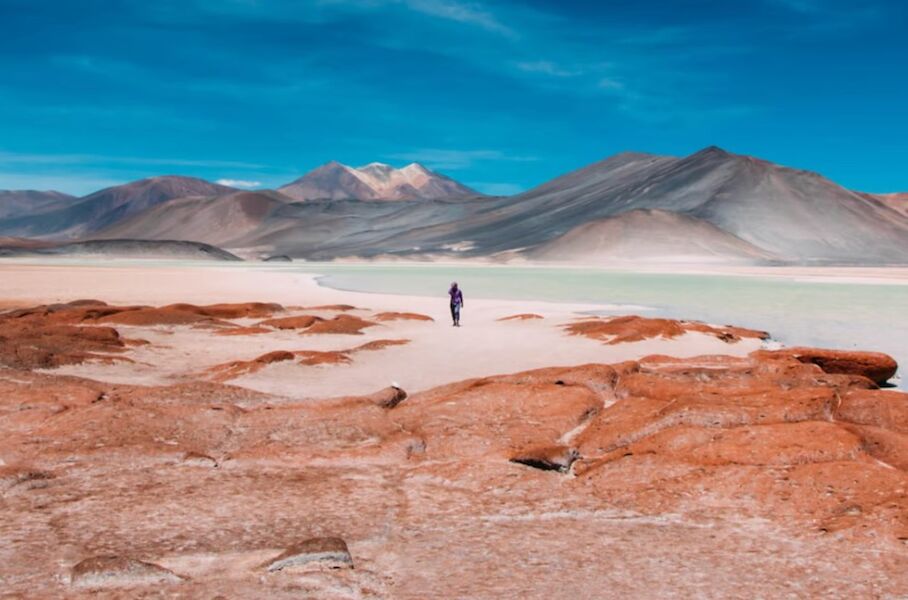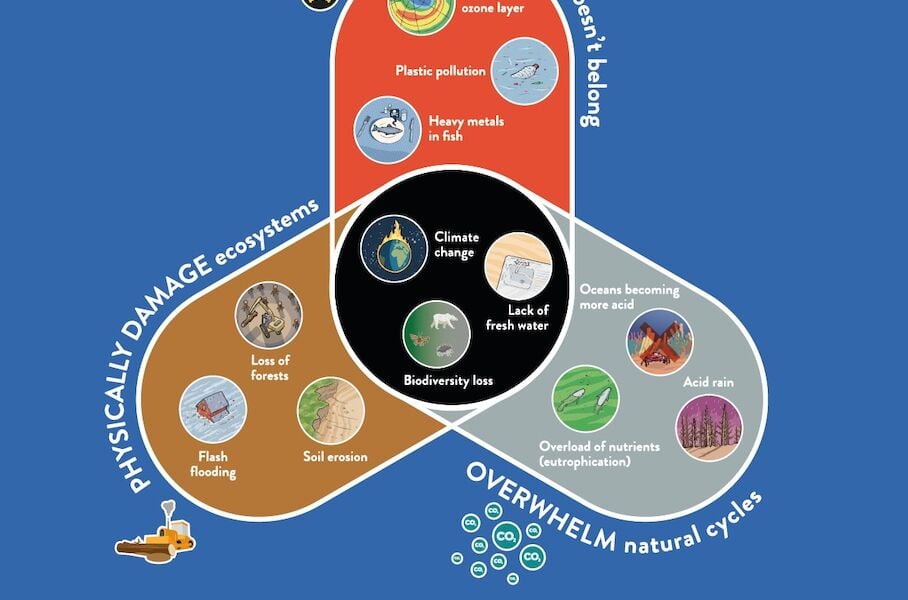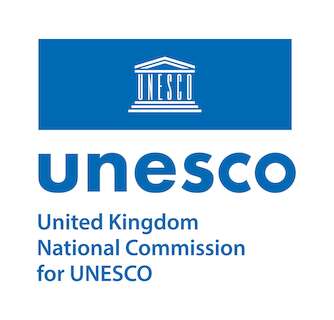UNESCO Sites for Sustainable Development
This major research study outlined how UNESCO’s global network of designated sites — World Heritage Sites, Global Geoparks and Biosphere Reserves — can help stakeholders carry out sustainable development approaches to develop partnerships, resources and activities at the local, national and international levels to tackle, mitigate or adapt to interconnected challenges facing the earth and its people.
UNESCO sites are uniquely placed to address 21st century sustainable development challenges them by bringing people, communities, businesses, and organisations together to mobilise solutions locally, regionally and internationally.
People and communities worldwide are facing unprecedented challenges that are set to accelerate in the coming decades. From catastrophic flooding to ecosystem collapse or extreme poverty, no one will be spared. We urgently need partnerships, resources and activities at the local, national and international levels to tackle, mitigate or adapt to these interconnected challenges.
“At a time when we all urgently need solutions to build more resilient societies and innovative solutions to global challenges, UNESCO sites offer a wealth of concrete actions to reinvent our relationship with nature, develop decent jobs and foster social cohesion. This report by the Canadian and UK Commissions for UNESCO shows how UNESCO sites can be at the forefront of sustainability, and I believe all countries can take inspiration from this research.”
Audrey Azoulay, Director-General, UNESCO

